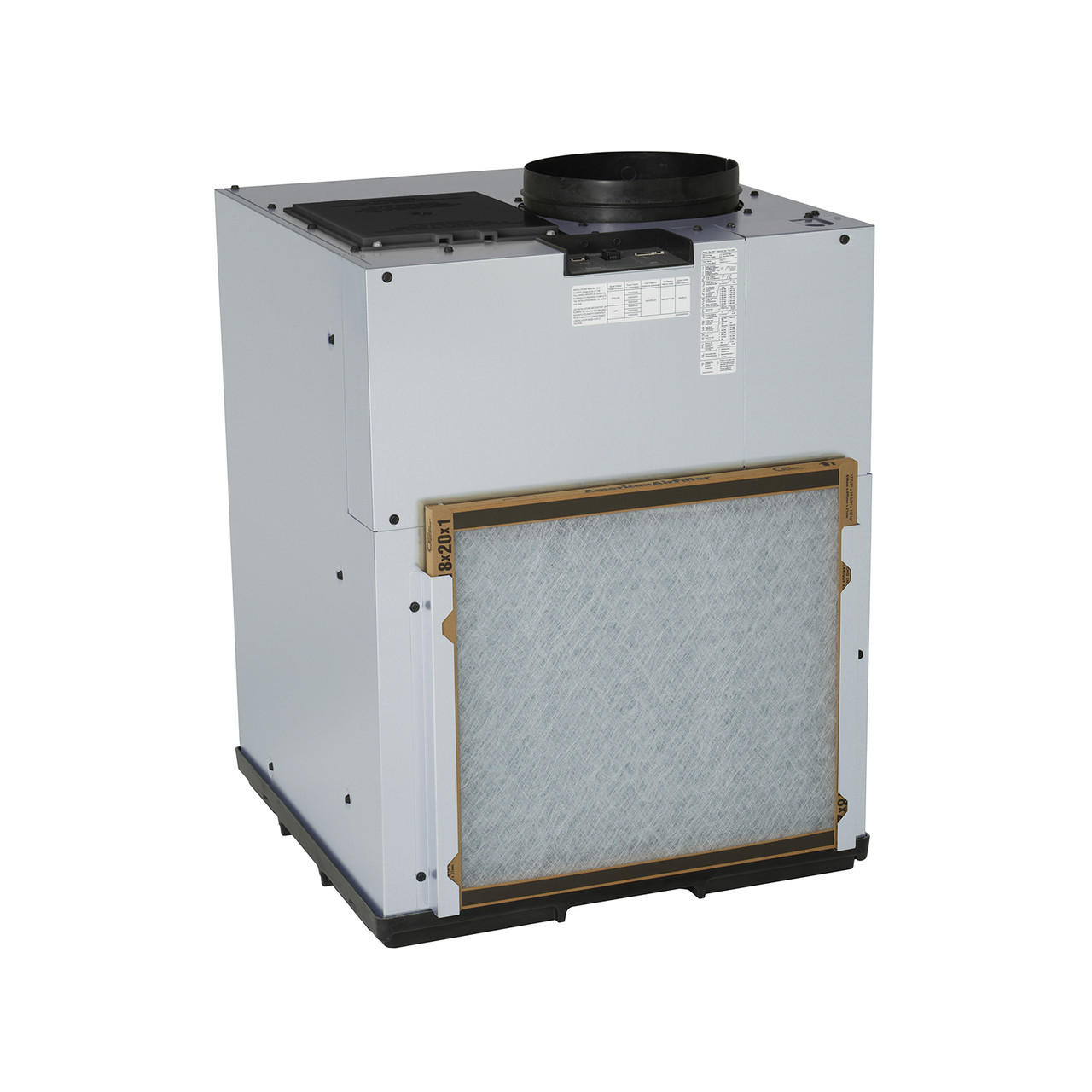What Is a VTAC Unit? An Essential Guide
Posted by NorthStock, Inc on May 10th 2024
What Is a VTAC Unit? An Essential Guide
With modern architecture emphasizing sustainability and energy efficiency, cooling solutions have adapted to meet these changing demands. This is where a Vertical Terminal Air Conditioner or VTAC unit comes in. It's a commercial cooling system that incorporates innovative design and smart technology to optimize energy consumption while ensuring optimal comfort levels within commercial spaces. But, what is a VTAC unit from a component perspective, and how is it used in modern buildings to regulate indoor temperature?

VTAC Unit Definition
A VTAC unit is a cooling and heating system designed for air conditioning solutions within commercial structures. Unlike traditional HVAC systems that rely on centralized units, VTAC units are decentralized to offer localized (targeted climate control) cooling and heating capabilities.
Advantages of Using VTAC Units
- Individualized temperature control
- Low sound levels
- Ease of installation and maintenance
- Aesthetics: VTAC units are not visible from the conditioned space
Common Applications of VTAC Units
In commercial structures such as hotels, office complexes, and retail spaces, VTAC units can provide individualized climate control in different zones to help optimize comfort for occupants while minimizing energy consumption. In residential applications like apartment buildings or condominiums, VTAC units offer quiet operation within individual units.
Installation and Maintenance of VTAC Units
During installation, VTAC units are typically mounted in a closet adjacent to the conditioned space. These units work by cooling air and removing moisture, which results in condensation forming on the coils as warm air passes over them. For this reason, a condensate drain is installed to collect the water that forms during this process. Without proper drainage, the accumulated water could leak inside the building, causing damage to the walls or floors. The condensate drain must be properly sized and routed to ensure efficient removal of water from the unit. Improper installation could lead to water pooling, blockages, or leaks.
Aside from ensuring the placement of a condensate drain, installation of VTAC units involves positioning the unit, connecting it to the building's electrical and ductwork systems, and configuring the thermostat settings.
Routine maintenance, such as cleaning filters and inspecting components, ensures efficient operation and prolongs the unit's lifespan. Maintenance of the condensate drain is also essential and involves regular cleaning to prevent clogs, inspecting for damage such as cracks or corrosion, and ensuring proper slope for efficient water drainage.
Selecting the Right VTAC Unit for Your Needs: PTAC vs. VTAC
Choosing VTAC units or Packaged Terminal Air Conditioners depends on factors like size, capacity, energy rating, noise levels, building size, zoning requirements, desired features, and budget.
PTACs are typically smaller, self-contained units installed through a wall or window of a hotel room or an apartment for individual room cooling and heating. VTAC units offer more advanced features, such as variable airflow and temperature control, making them suitable for commercial buildings where precise climate control is vital.
Future of VTAC Units and Technological Advancements
Emerging VTAC and HVAC systems technologies are geared toward greater energy efficiency and smart control features. These features will allow VTAC units to save users on power bills. HVAC systems with remote monitoring and predictive maintenance capabilities represent the next frontier in building climate control.
Now that we've answered the question, "What is a VTAC unit?", consider one for your next project, or Contact Us at NorthStock to learn more about advanced HVAC solutions.